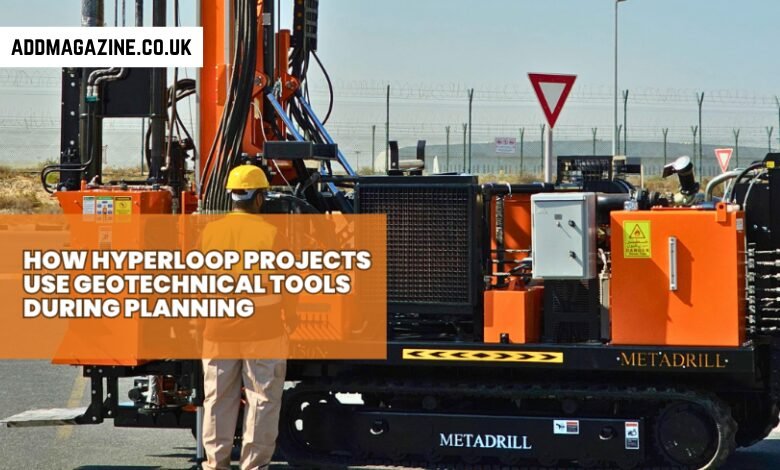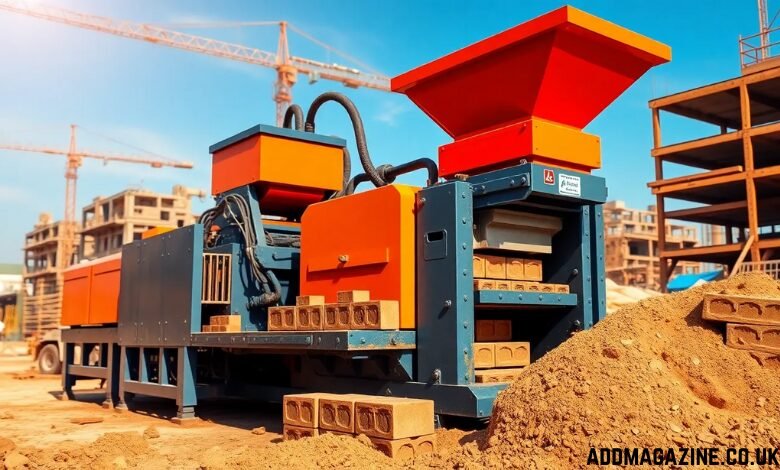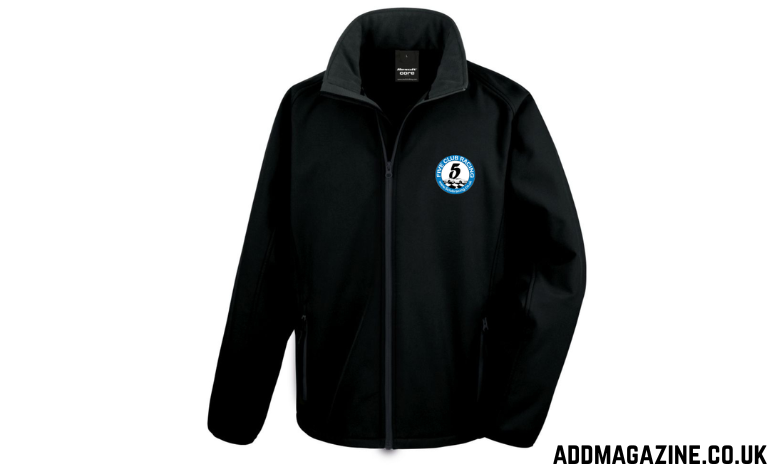Hyperloop geotechnics is now an important part of planning high-speed transport systems. Before capsules can move through vacuum tubes, engineers must check the soil, rock, and groundwater of the land. To do this, they use special drilling rig tools and equipment. Without correct ground data, even the most advanced hyperloop design could face safety problems, inflated costs, or lengthy delays.
Why Hyperloop Requires Geotechnical Planning?
Hyperloop trains may travel at over 1,000 km/h. At this speed, even small ground issues can cause big risks. Geotechnical planning makes sure that:
- Engineers know the soil and rock layers before tunneling or building foundations.
- Problems like landslides, soil liquefaction, or sinking land are solved early.
- The route follows the strongest and safest ground areas.
This shows that hyperloop projects cannot move forward without full ground checks. Here, drilling tools and tests become key for safe construction.
The Role of Drilling Rig Tools and Equipment
In hyperloop projects, engineers use advanced drilling rig tools and equipment to take soil and rock samples. These tools help to:
- Drill through different soil depths.
- Collect clean samples for laboratory study.
- Track water levels underground.
For routes that cover hundreds of kilometers, drilling is repeated many times. This ensures the ground is safe along the whole route. The quality of each Geotech drill rig for sale directly impacts how fast and accurate the work is.
Common Geotechnical Investigations in Hyperloop Projects
During a hyperloop study, engineers carry out several tests:
- Soil Stratification – Finding out how soil layers change with depth.
- Rock Quality Designation (RQD) – Checking cracks in rock that may affect tunnels.
- Standard Penetration Tests (SPT) – Using drilling rig equipment to test soil strength.
- Cone Penetration Tests (CPT) – Measuring soil resistance for stability.
- Groundwater Analysis – Studying water flow and risks of seepage.
All these depend on exploration drilling. For hyperloop routes in deserts or near coasts, drilling shows how stable sand is, how much salt affects the soil, and how wet the ground is.
Choosing the Right Drilling Tools
Different ground types need different tools. For hyperloop geotechnics, equipment must work well in many conditions:
- Hard rocks need diamond-tipped drill bits.
- Loose sandy soils need strong supports to avoid collapse.
- High groundwater zones need sealed tubes to collect safe samples.
Contractors often look at the torque, mobility, and strength of a Geotech drill rig for sale before choosing one. Reliable drilling tools help the project finish on time.
Exploration Drilling for Route Selection
Picking the right route is one of the hardest tasks in hyperloop planning. Hyperloop tubes cannot pass through steep or weak ground. Exploration drilling helps by showing:
- The safest alignments for tubes.
- Alternative routes to avoid fault zones or wetlands.
- Underground problems like cavities or hidden spaces.
For example, in India, the Mumbai–Pune hyperloop project required drilling through difficult basalt rock. Without modern drilling rig tools and equipment, these studies would not be possible.
Innovations in Drilling Rig Equipment for Hyperloop
Recent technology in drilling rig equipment is improving hyperloop planning. Some key updates include:
- Automated sampling to collect data faster.
- Remote-controlled rigs to keep workers safe.
- Hybrid rigs that can use rotary, sonic, or percussion methods.
- Eco-friendly lubricants to reduce harm to the environment.
These advances make projects more efficient, accurate, and environmentally friendly.
Challenges in Hyperloop Geotechnics
Even with modern drilling rig tools and equipment, some problems remain:
- Changing soils – The Ground can quickly shift from rock to lose sand.
- Urban areas – Drilling in cities must avoid damaging existing utilities.
- Time pressure – Feasibility studies need results quickly.
- High expenses – Using advanced drilling tools can increase costs.
To solve these issues, projects need strong rigs and skilled engineers.
The Future of Hyperloop Geotechnics
As hyperloop grows worldwide, the need for better ground studies will increase. Future improvements may include:
- AI analysis of drilling data for faster results.
- Smart drill bits that adjust to changing soil automatically.
- Compact rigs for use in crowded cities.
These developments will make hyperloop geotechnics faster, smarter, and more reliable.
Why Do Reliable Tools Matter?
A small mistake in soil testing can create huge risks later. Reliable drilling rig tools and equipment are essential for:
- Getting accurate data about the ground.
- Ensuring tubes remain stable for decades.
- Saving money by avoiding sudden problems.
This is why contractors always check the quality of each Geotech drill rig for sale before use. From desert routes to coastal areas, dependable exploration drilling keeps the hyperloop safe.
Conclusion
The future of transport depends on speed or recent technology and the strength of the land below. Hyperloop geotechnics ensures that projects are safe and affordable by using advanced drilling tools, careful tests, and strong drilling rig equipment. As hyperloop routes expand across the world, companies that provide reliable geotechnical solutions will lead the way. MetaDrill continues to support these projects with trusted tools and expertise.




